#hunnic
Explore tagged Tumblr posts
Text

Huns !!
(I'm very happy with the first pose, horses yey!!)
63 notes
·
View notes
Text
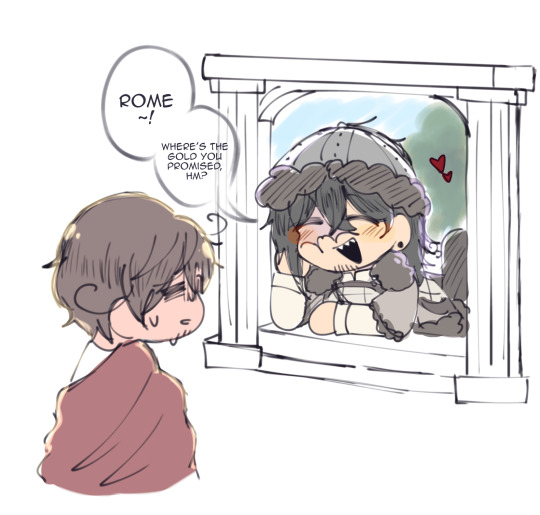
aw man these old men again
#hetalia#hystotalia#ars fertaine#hetalia oc#aph oc#aph rome#hws rome#aph hun#hws hun#aph hunnic empire#hws hunnic empire
53 notes
·
View notes
Text
~𝑺𝒉𝒊𝒑~

𝒕𝒉𝒊𝒔 𝒊𝒔 𝒐𝒏𝒆 𝒐𝒇 𝒎𝒚 𝒇𝒂𝒗𝒐𝒓𝒊𝒕𝒆 𝒔𝒉𝒊𝒑𝒔
𝑹𝒐𝒎𝒂𝒏 𝒂𝒏𝒅 𝑯𝒖𝒏𝒏𝒊𝒄
8 notes
·
View notes
Note
I don't have the knowledge to ask any specific questions, since yknow I'm mostly interested in different time periods, but I'd love if you'd talk about the favourite thing you learnt/studied recently, but didn't know about before you started studying Medieval History!!
Ok this is a NICE question. 'Cause i already was a medieval nerd before i started studying seriously, but i was surprised by the amount of infos that turned out to be distorted or entirely wrong. And of course i learned some new tasty details.
Maybe the most fascinating thing i actually learned from zero was the importance of Attila's court. I mean, we all know the stereotyped Huns, right? Violent nomads devastating the lands, Attila the Scourge of God, and so on. Turns out... YES, Attila and his Huns were actually parasiting the Empire with raids and demanding tributes, BUT there was so much more than that. Attila was a charismatic leader and his strength was built on redistribution of wealth, and "Huns" were NOT an ethnic group, but an institution of different tribes and ethnicities following that leader. In just a few years the Hunnic Empire was immense, causing movements of other barbaric groups near the Limes and giving hard times to the West Roman Empire. But this amount of power was respected, admired. Attila's court became a prestigious place of military formation for Roman and Barbaric officials. Want an example? Orestes, Magister Militum father of the last West Roman Emperor, Romulus Augustulus. Keep in mind that Magistri Militum were the ones who actually held the power and controlled the puppet Emperors in late-WRE. Another example? Odoacer, the barbarian who deposed Romulus Augustulus and became the first king of Italy.
Like, two of the most important protagonists of the formal fall of WRE were both raised at Attila's nomad court. Idk it blows my mind, i really didn't expect that Attila and the Huns were SO important not only for their military force. Also there must have been something really, really special with Attila himself. 'Cause the Hunnic Empire was almost instantly dissolved after his death in 453, he was the one keeping it all together and strong, just one man. Fucking amazing.
Thx ♠️⚔️♠️
15 notes
·
View notes
Text
Similar to Russia, I feel Hungary’s affinity to support Russia is more than Victor orban.
Despite that I’m not very knowledgeable about Hungarians in the last 30 years, I sense that there’s some degree of glory revival in Hungary for the last 30 years not unlike that which is profoundly indoctrinated in russia and China.
That they believe they were destined to be the greatest in the world if not for the americans who had obstructed their glorious fate.
I feel that hungary had indoctrinated the people so much like how great hungarians were with atilla the hun and hunnic empire spanning all the way to all of russia.
and that hungarians had originated most of the greatest inventions and creations by mankind.
that hungarians stopped the roman empire and the anglo saxons if not for hungary standing in the way.
that hungary is separated from its great ancestral past by the inconvenient existence of countries like ukraine and others who had betrayed their destined glory.
4 notes
·
View notes
Text
"What's your Roman Empire?"
"The Hunnic Empire"
Checkmate
#history memes#roman empire#hunnic empire#funny#history memes are funny#the ultimate answer#Attila would be proud#attila the hun#memes#my roman empire
1 note
·
View note
Text
Send me ancient ships! 2p preferred but since 2p ancients isnt super popular 1p is fine (just specify)

did i spend way too long making this because i wanted to play but the other boards didn’t have all the answers i wanted? yes. yes i did. so uhh feel free to send stuff in, and also feel free to use the board for your own game!
#2p hetalia#2p rome#hetalia#aph hetalia#aph rome#2p china#2ptalia#2p!Gaul#2p!Britannia#2p!Hunnic#2p!Germania#2p!Anatolia#2p!Persia#2p!Egypt#2p!MamaGreece
4K notes
·
View notes
Text
hey everybody. we're glad everyone's been enjoying politics! to keep things interesting and keep the meta balanced we'll be implementing these new ideologies in 2024:
peronism with chinese characteristics
twitch streamer philosopher kingship
absolute military junta (sortition-based)
hunnic nationalism
anarcho-sharia
marxism-leninism-maoism-klobucharism (primarily klobucharism)
three chinas policy
antitranshumanist trans humanism
puppygirl rights activism
representative shogunate
pan-midwesternism
tetsuya yamagami thought
liberal arts college technate
discordian-thelemite lebanon-style religious powersharing
armed insurrectionary incremental reformism
narcotheocracy
sex-positive feudalism
social democratic taliban entryism
badism-worseism
believing in judeo-bolshevism but thinking it was a good thing
ineffective altruism
3K notes
·
View notes
Text
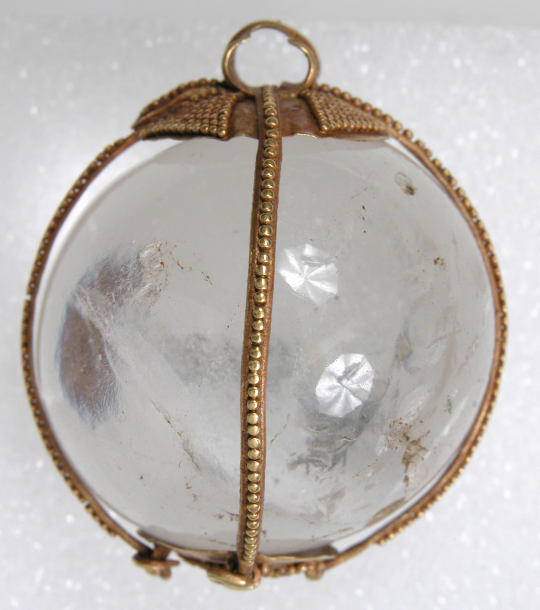

Gold and rock crystal pendant, Hunnic or Frankish, 4th-5th century AD
from The Metropolitan Museum of Art
487 notes
·
View notes
Text
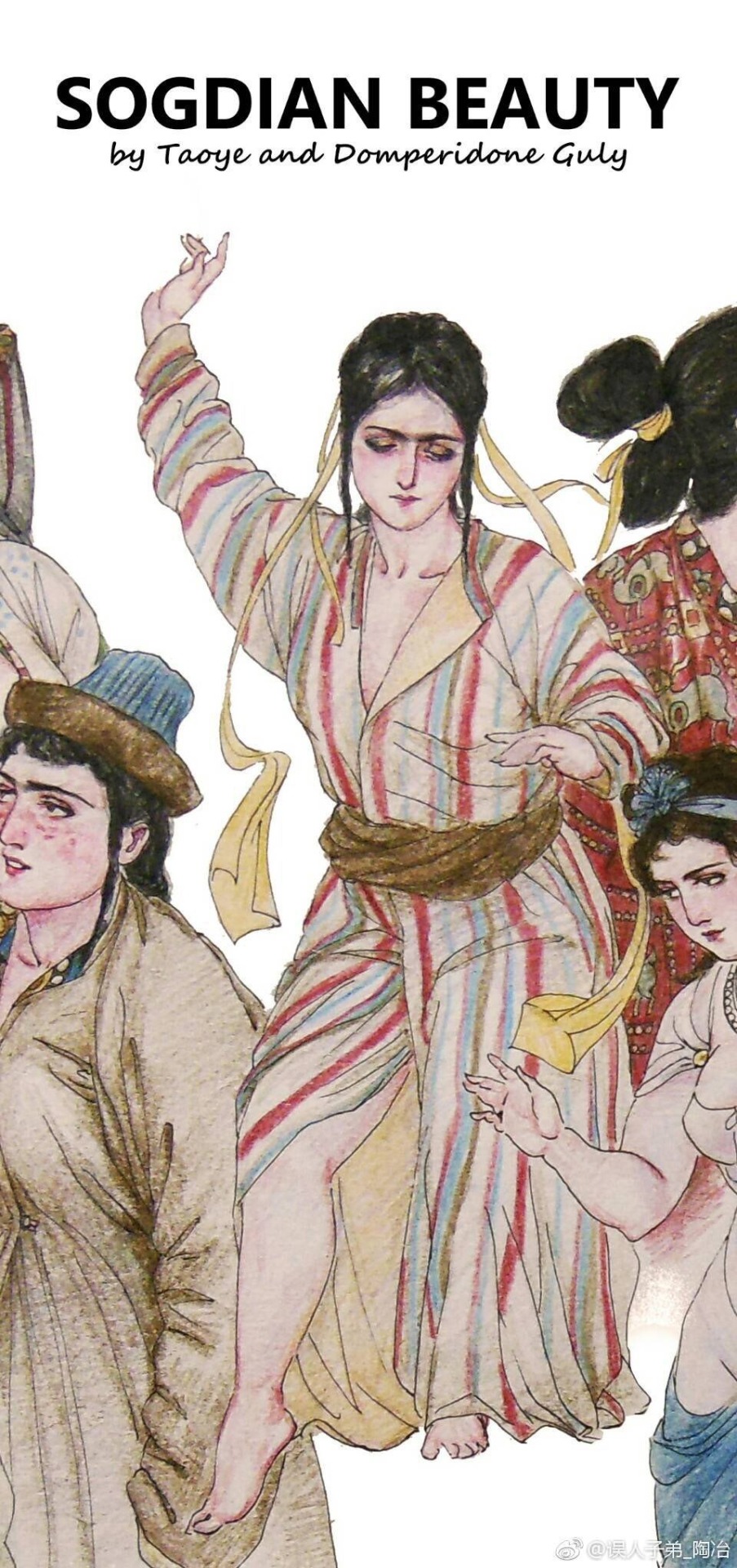
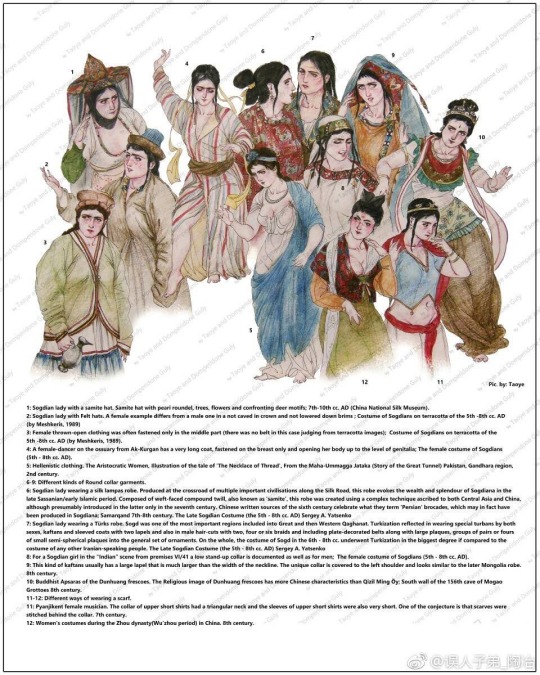
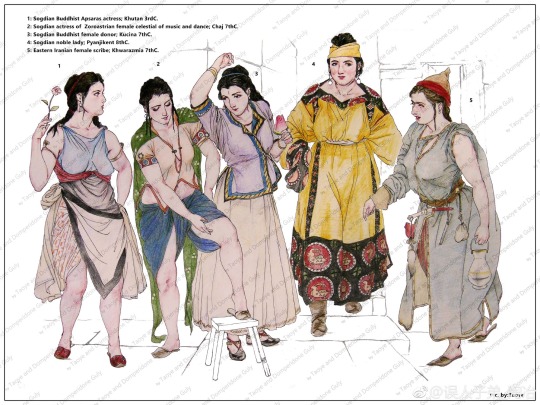
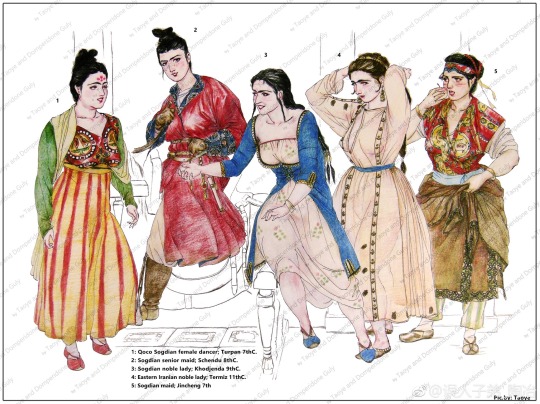
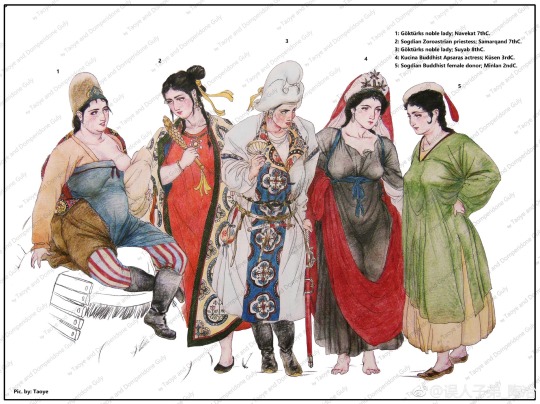
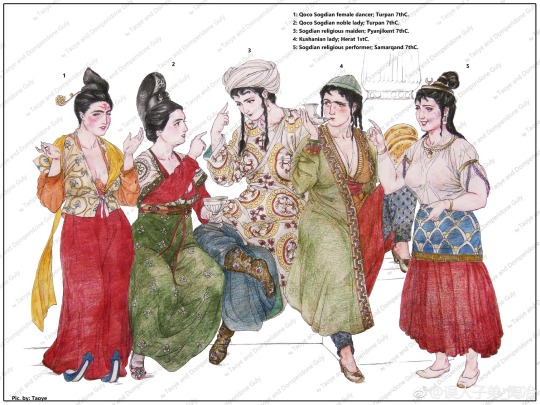
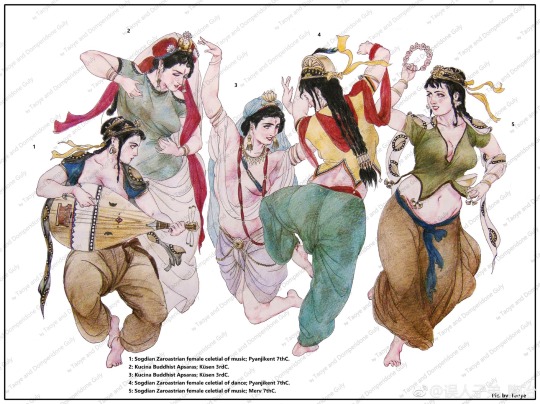
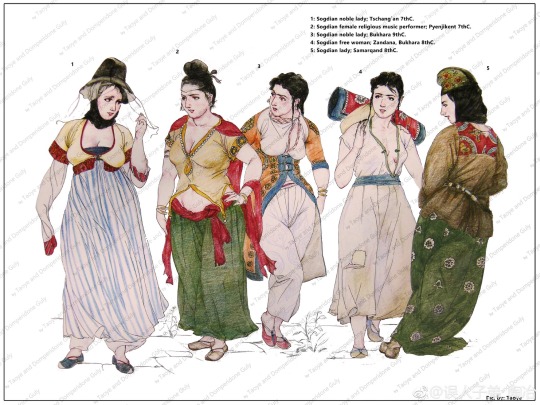
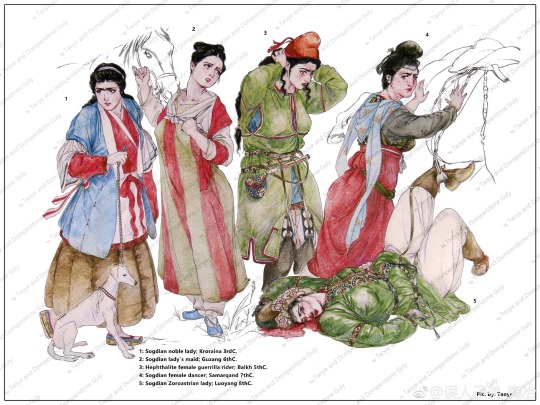
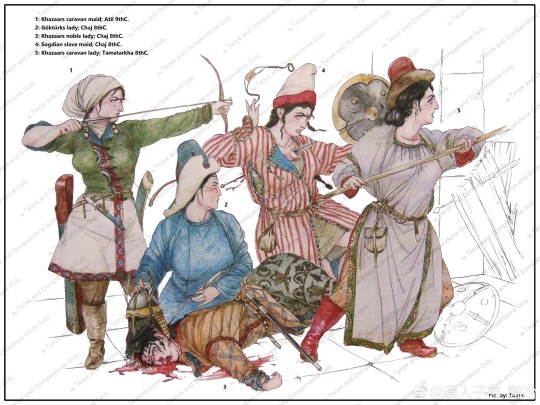
Sogdian Beauty by Taoye & Domperidone Guly. These illustrations are primarily depicting Sogdian women, sometimes in foreign dress. Some of the illustrations depict Hellenic, Hunnic, Tocharian, Turkic, Chinese, Kushan, or misc Iranian dress/people too. Note: Kucina refers to the Kucha (Tocharians).
#sogdiana#historical dress#ancient history#art#art history#fashion history#historical fashion#history#book illustration#book art#historical clothing#clothing#clothes#dresses#women's fashion
405 notes
·
View notes
Text
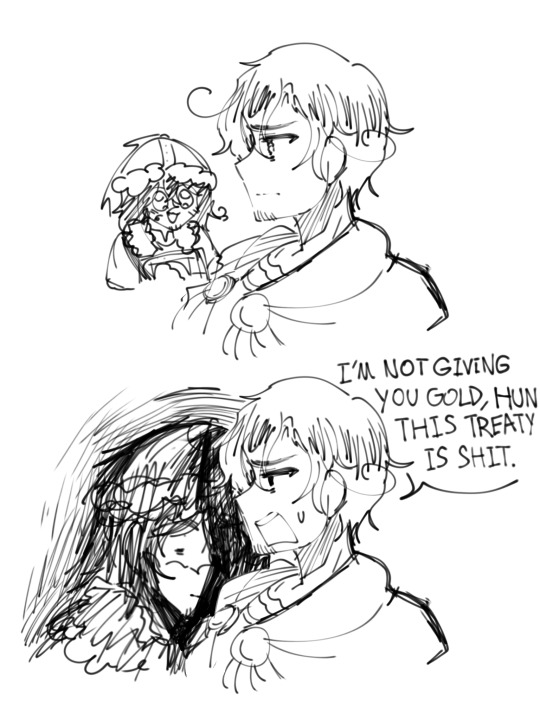
the treaty of margus, 435
idk man i've been thinking abt them lately
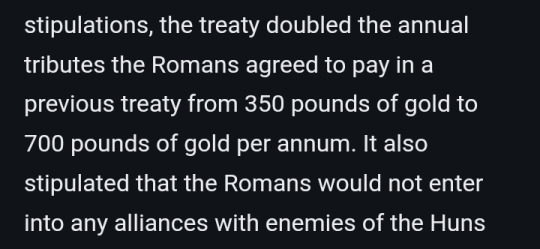
#hetalia#hystotalia#hetalia oc#aph oc#ars fertaine#aph rome#hws rome#aph hun#hws hun#aph hunnic empire#hws hunnic empire#ik the one who signed the treaty was eastern roman but whatever 😭
40 notes
·
View notes
Text
"Barbarians"

Roman Empire with every barbarians he meet or fight
Hunnic is an exception (◍•ᴗ•◍)
36 notes
·
View notes
Text
So you want to write about horses.
Specifically, you want to write about horses in your medieval-inspired fantasy novel, rpg, or daydream fantasy. Knights in shinning armor on noble steeds, damsels in distress(or not!) on fine prancing mount, or an evil sorcerer cackling on a fierce charger above your poor tandem MCs.
Whatever it is you're imagining, a medieval horse appears. But you know nothing about horses. I can help.
(If you would like to begin with my first basic Basics post, start here)
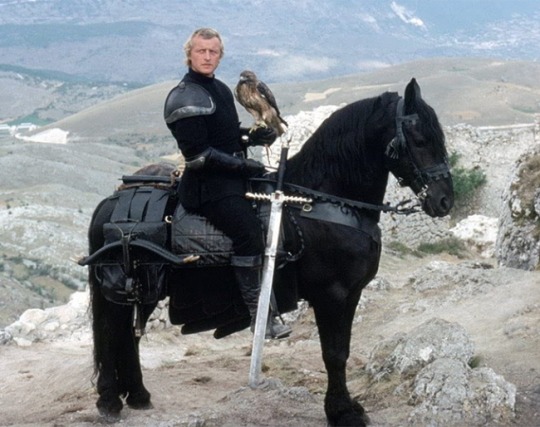
^ When thinking knight, you're probably imagining a horse like this.
Preface: When talking about fiction, there is always a question of historical accuracy. That is wholly up to you. But you will at least, after reading this, know more of the historical fact involving horses, and certainly know about some of the more commonly-complained about fallacies involving horses in media.
Now, the above still is from the film Ladyhawke (1985), which is often credited for popularizing the Friesian breed in the United States. I can almost guarantee you have see a Friesian in a film or on TV. The recent series Shadow and Bone had a central character ride a Friesian in one episode. They epitomize the romantic nobility and grace of knights. Except they don't.
The horse you see above came into existence in 1879, primarily as a harness and agricultural use horse. Horses known as Friesian horses have existed since the 11th century, but those horses were completely different from the breed created in the 19th century. The modern Friesian is a trotting breed, made to pull carriages and look beautiful doing it. They have a long back, short neck, and due to inbreeding, a host of nasty genetic problems including dwarfism, aortic rupture, hydrocephalus, and megaesophagus.
However, breeds that trace ancestry back to beyond the middle ages do exist, and they have been breed to look much the same for generations. Introducing:
The Barb/Berber Horse
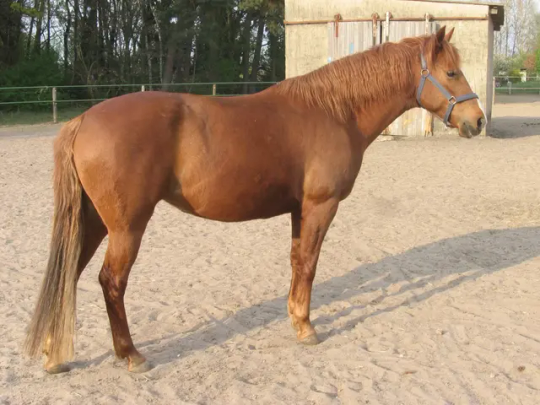
^Kinda just looks like A Horse™
The Barb comes from North Africa, and was spread into Europe through the Muslim conquest of Spain, where the breed mixed with the native Andalusian breed to create the Spanish Jennet, which is possibly the most widely successful horse breed in all of history. The Jennet is currently extinct*, but due to its durability, it was the horse used by the Spanish AND the British to invade the Americas, and descendants of the Jennet survive in local breeds from Argentina to Canada.
*a revitalization breed does exist of the same name
The Andalusian/Lusitano/Pure Raza Espanol
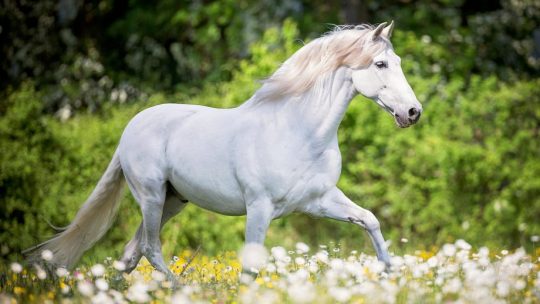
^The true Fabio of horses, known for thick flowing locks and sweet dispositions
Possibly the horse that most strongly resembles the ancient knighly horse, this noble creature used to be the preferred horse of film, before the Friesian rise in popularity. Horses of Spanish bloodlines are Andalusian, horses of Portuguese bloodlines are Lusitano, but the characteristics of both breeds are nearly identical. They are also known for a fancy 'high stepping' movement, in which they raise their knees higher than other breeds naturally.
The Arabian
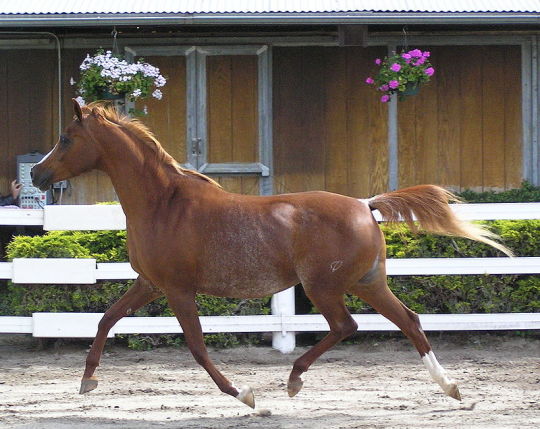
^Note the narrow, 'dished' face and raised tail, breed characteristics
The ancient horse of the desert, made famous through books such as The Black Stallion, King of the Wind, and films such as Hildago. These horses are known for their stamina and intelligence, and were traditionally used as war horses by the desert tribes of the Arabian Peninsula. The Arabian has descendants in almost all modern breeds, as it is used to add strength and stamina to the original stock, despite being a relatively small horse. During the Napoleonic wars, this horse became the prized war horse of Europe as well, with Napoleon himself preferring to ride Arabians into battle.
The Mongolian Horse
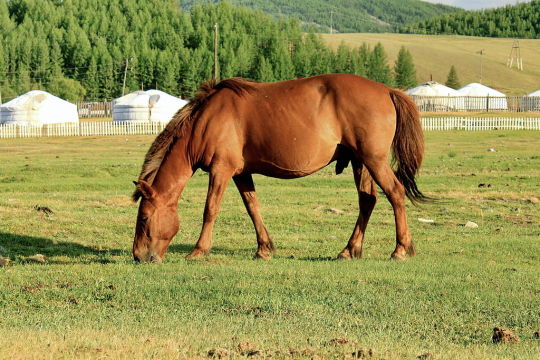
^Thick head, thick body, this horse is made to survive winter on the steppes
Introduced to Europe from the Hunnic invasions that ended the rule of Rome, the Mongolian horse is made to survive, thrive, and run in harsh cold weather. This horse allowed Ghengis Khan and his soldiers to conqure one of the largest empires to ever exist, from Korea to Poland. This compact horse would have mixed with the native stock of Russian, Eastern European, and Germanic tribes to help create the ancient northern horses, resulting in a thicker breed of horse in the north, and a lighter breed of horse in the south of Europe. Modern-day pony breeds such as the Exmoor, Fjord, Icelandic, and other have been found to have genetic ties to the Mongolian horse.
These horses do not exactly look like the modern image of knights on massive horses, but it is useful to remember that 1. people back then were a lot smaller and 2. horses back then were a lot smaller. Of course, there were hundreds of other local breeds during the middle ages, but many have been modernized and become today's sport, work, or pleasure horses.
During the middle ages, horses were not actually defined by breed. They were defined by the work the horse was suited and trained to preform. There were five main types of medieval horses.
The Destrier
Also called The Great Horse for its size, strength, and price, this horse was the renown mount of knights and kings in battle. These horses were highly trained for battle, and could be taught to do such things as striking out at soldiers in front, kicking at soldiers from the back, and even leaping all four feet in the air to protect it's rider. They would wear the most armor, and these horses would likely be closest in appearance to the modern Andalusian.
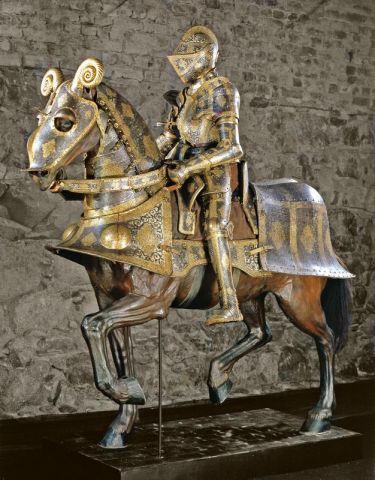
^Ornate heavy armor on a model horse. This armor was made for a horse not much more than 15hh, what today would be a small horse.
The Courser/The Charger
A lighter horse than the destrier, the courser is also a warhorse, highly trained and well-bred, but a little less expensive. A knight might not be able to afford a destrier, especially as a minor knight, but every knight should have a courser. The Spanish Jennet is the epitome of the medieval courser, and in fact was the horse used by Richard II. According to Shakespeare, the horse's name was White Surrey, although other sources claim the horse was Roan Barbary, and was a Barb or Berber horse*.
*Bought from Spain and likely a cross of Spanish and African blood, so a Jennet. But Jennet was also a classification of a horse type in those days, so, sources are muddled.
The Rouncey
The 'average' horse of the time, this horse was used mainly for riding, but could sometimes be ridden into battle if trained properly, and were the preferred horse for lower-class fighters such as archers or men-at-arms. As it described a riding horse, these horses came in all shapes and sizes, from all lineages, and in all colors. In peacetime they could be used to draw carriages or work fields. A proud and expensive destrier would never be caught pulling a plow.
The Palfrey
A highly-bred, highly trained horse, this horse is a high quality riding horse known for a specific gait, called an ambling gait. This horse had a special pattern of moving its feet that gave the rider a considerably more comfortable ride than the traditional 4 gaited horse. After the middle ages, these horses almost disappeared, only to be recovered in the Americas in the form of 'gaited' horses such as the Paso Fino, the Rocky Mountain Horse, the Missouri Foxtrotter, and the Tennessee Walking Horse. The Icelandic horse has also retained the special Tölt gait that may* be the exact gait of medieval ambling horses.
*may, I am not a gaited horse expert.
The Packhorse
This describes any kind of horse, usually a rouncey, that is used not for riding but to carry supplies. Packhorses could also be mules, donkeys, and ponies, so long as they could carry weight for long miles. These were supply horses, carrying food, weapons, tents, whatever else may be needed.
Knights, Horses, and the Battlefield
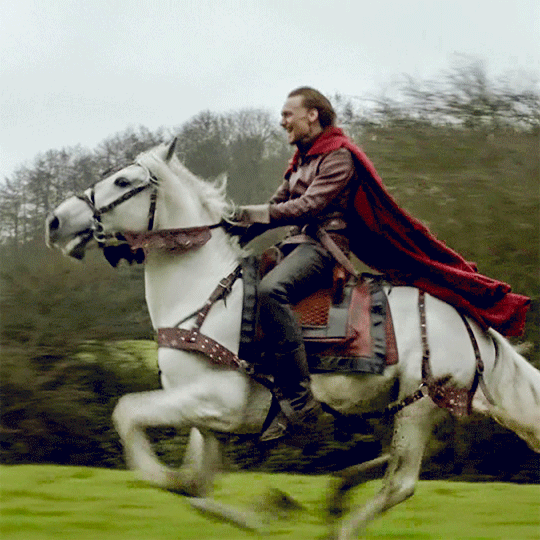
^ What an incredible creature of power and nobility. The man is fine too, I guess.
Now, if you have seen the above scene, you have probably seen The Hollow Crown, a historical drama with a few late Medieval battle scenes. In these scenes, knight clashes against knight in a furious charge, leading to pitched battles on horseback. I'm not going to say that never happened, but by and large cavalry was directed against infantry, not other cavalry, or used to conduct maneuvers requiring speed and surprise, such as a charge, a circling maneuver, a bluff retreat and most importantly, to chase down routing enemy soldiers. A knight on horseback was most effective in close quarters against unmounted and surprised soldiers. Lances were the primary weapon, allowing a mounted warrior length to spear and batter down at enemies, and a sword was secondary, as it had a shorter length, and would be used if a mounted warrior was surrounded by infantry or in battle against another knight. Throughout the medieval period, horses sometimes were removed from the fight all together due to unfavorable land, and kept in reserve to either help the army flee or to chase down the fleeing enemy.
Hungry for more?
There are many sources out there to learn more about the medieval period and knights in particular. I would highly recommend that you not look at Medieval Times sources, if only because better sources are out there. I enjoy the videos produce by Jason Kingsley CBE (Yes, that Jason Kingsley CBE) on his Modern History TV YouTube Channel, and find them to be accurate as far as I'm aware.
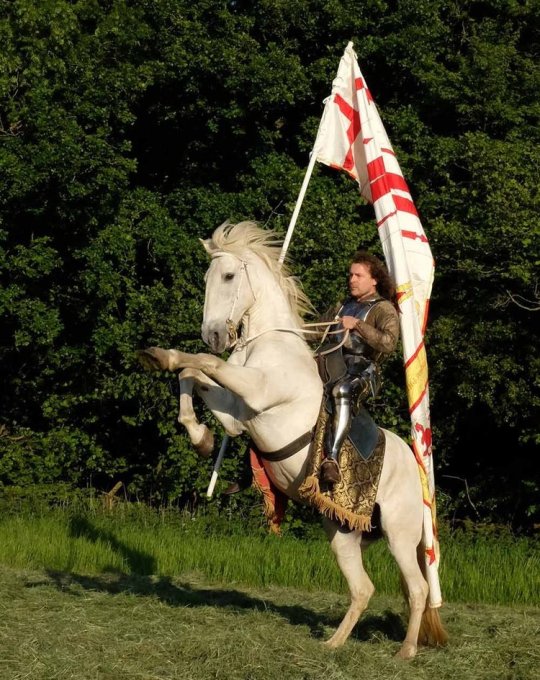
^ Jason Kingsley and his horse Warlord, in costume. I've sent marriage proposals but I've not yet received a reply.
That's all for this post. I'll have more when I feel like it, and send me questions if you want to know more about specific things or need a writing question answered
Reblogs welcome and encouraged
@jacqueswriteblrlibrary for wider reach
#writing#writeblr#writing horses#how to write horses#writer advice#writing help#writeblr community#writers on tumblr#writers#writerscommunity#creative writing#horses#how to write#advice post#medieval knights#writing medieval horses#horses in film and media#writing fiction#writer stuff#writing fantasy#writing historical fiction
223 notes
·
View notes
Text
The Ostrogoths
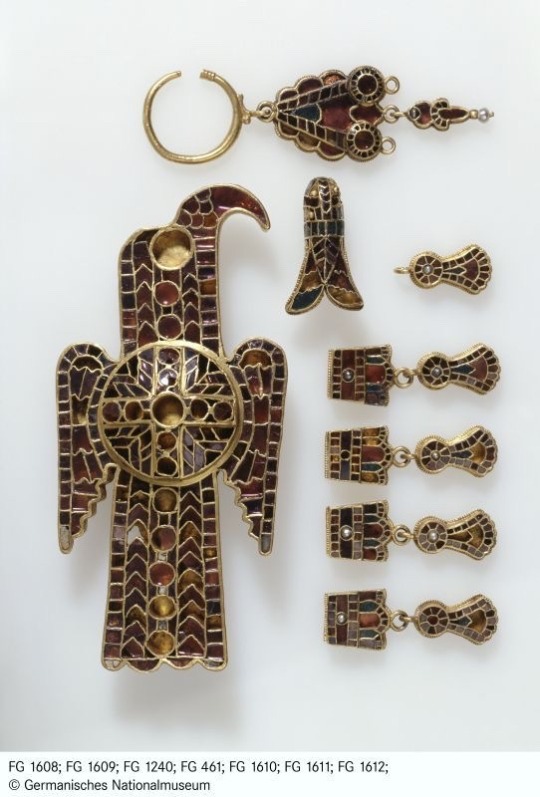
The Ostrogoths are one of two major groups which made up the Goths. The word literally means “the eastern Goths”. It is assumed that classical writers divided the Goths into east and west as a reference to where they lived, and not as tribal identity or origin story.
Archaeologically, there are plenty of similarities between the Ostrogoths and the Visigoths. For example the so-called eagle brooches (image above) are very similar. However the Ostrogoths were more generous in grave goods than their western “cousins”, with most finds being exceptionally decorated.
The earliest cultural expansion of the Goths was located in modern Ukraine. Hunnic expansion forced the goths further south to southwest into Rome. The Ostrogoths were caught between the Huns and the Romans and often switched sides. After the Hunnic empire fell, the road to Rome was open.
Theodorik entered modern day Italy with his troupes and made Ravenna the capital of his empire (instead of the city of Rome). The Western Roman empire had “fallen”, a Germanic king ruled Italia and the mythology of Theodorik was born.
Grave goods found in Cesena, Italia. 5th century.
Museum numbers: FG 1068, FG 1069, FG 1240, FG 461, FG 1610, FG 1611 & FG 1612
Germanisches Nationalmuseum, Nürenberg - Germany
#frankish#merovingian#viking archaeology#archaeology#carolingian#charlemagne#field archaeology#viking mythology#merovingian archaeology#germanic mythology#norse mythology#anglo saxon#viking#field archaeologist#frisian#odin#vikings#germanic#germanic folklore#germanic archaeology#visigoth#visigodos#ravenna#rome#western roman empire#roman empire#wodan#anglo saxon archaeology#history#jewelry
54 notes
·
View notes
Photo

“Women were included in the ranks of this fully mobilized society. Prokopios, aware, of course, of the legends of the Amazons whose origins he traces to the region of the Sabirs, reports that in the aftermath of "Hunnic" (i.e. Sabir) raids into Byzantine territory, the bodies of women warriors were found among the enemy dead. East Roman or Byzantine sources also knew of women rulers among the nomads. Malalas, among others, mentions the Sabir Queen Boa/Boarez/Boareks who ruled some 100,000 people and could field an army of 20,000. In 576 a Byzantine embassy to the Turks went through the territory of 'Akkayai; "which is the name of the woman who rules the Scythians there, having been appointed at that time by Anagai, chief of the tribe of the Utigurs." The involvement of women in governance (and hence in military affairs) was quite old in the steppe and was remarked on by the Classical Greek accounts of the Iranian Sarmatians. It was also much in evidence in the Cinggisid empire.
These traditions undoubtedly stemmed from the necessities of nomadic life in which the whole of society was mobilized. Ibn al-Faqih, embellishing on tales that probably went back to the Amazons of Herodotos, says of one of the Turkic towns that their "women fight well together with them," adding that the women were very dissolute and even raped the men. Less fanciful evidence is found in the Jiu Tangshu which, s.a. 835, reports that the Uygur Qagan presented the Tang emperor with "seven women archers skillful on horseback.” Anna Komnena tells of a Byzantine soldier who was unhorsed with an iron grapple and captured by one of the women defenders as he charged the circled wagons of the Pecenegs. Women warriors were known among the already Islamized Turkmen tribes of fifteenth century Anatolia and quite possibly among the Ottoman gazfs (cf. the Bacryan-z Rum "sisters of Rum")”.
Golden Peter B., “War and warfare in the pre-cinggissid steppes of Eurasia” in: Di Cosmo Nicola (ed.), War and warfare in Inner Asian History
#history#women in history#warrior women#warriors#Akkayai#6th century#historyedit#historyblr#central asia#scythians#sarmatians
79 notes
·
View notes
Text
Some friendly fanart for @rigel-kentauruus 's adorable idea for her reverse AU with Shan Yu and Mulan!

In this AU, Shan Yu is the really sweet, friendly, good natured one. The pretty little Hunnic woman is the stoic, reserved partner.

#rigel-kentauruus#shan yu#mulan 1998#disney villain#the huns#disney fanart#shan yu x mulan#heyhopperart
40 notes
·
View notes